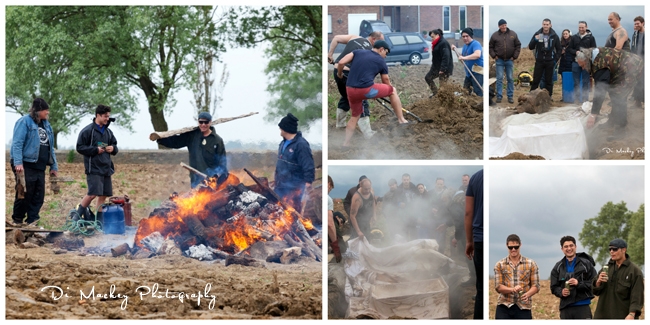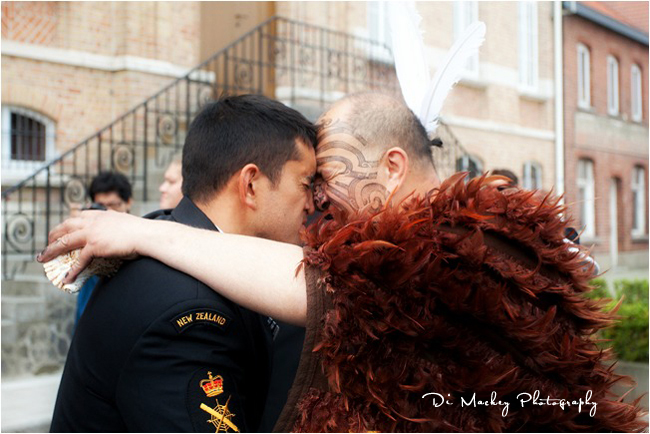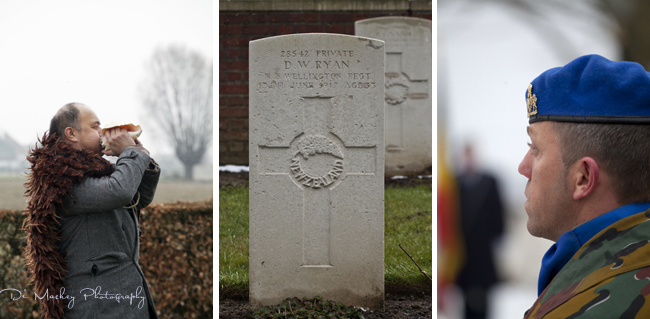Saturday I was up and out early, wandering off across the city of London to photograph the family of an old friend ...
Clare had sent me an almost perfect set of directions for making my way from the Underground to their place and ... with just a little help from strangers, I arrived.
I spent two hours attempting to capture the essence of this really special family whose wedding I had photographed 4 years before. It's another 'favourite' kind of photography. Family portraits.
We talked, caught up, I got to spend time with their small, soon-to-be-bigger, family, and then I was off again, heading for Oxford Street ... into the thick of the pre-Christmas madness. Ngati Ranana, the London-based Maori Group, were performing their Christmas concert.
I'm so glad I made the effort. I arrived hungry and kind of exhausted but was immediately inspired to pick up my camera and get serious. I moved between the ground floor and the first floor at venue, trying to find the best angles without getting in the way of the audience.
They finished performing around 5pm and as I arrived back in the world of conscious thought, I realised i was completely destroyed. Saturday night was spent at home, in pyjamas, with a bottle of red wine and a laptop full of photographs that needed post-processing.
Here are some of the Ngati Ranana photographs.





